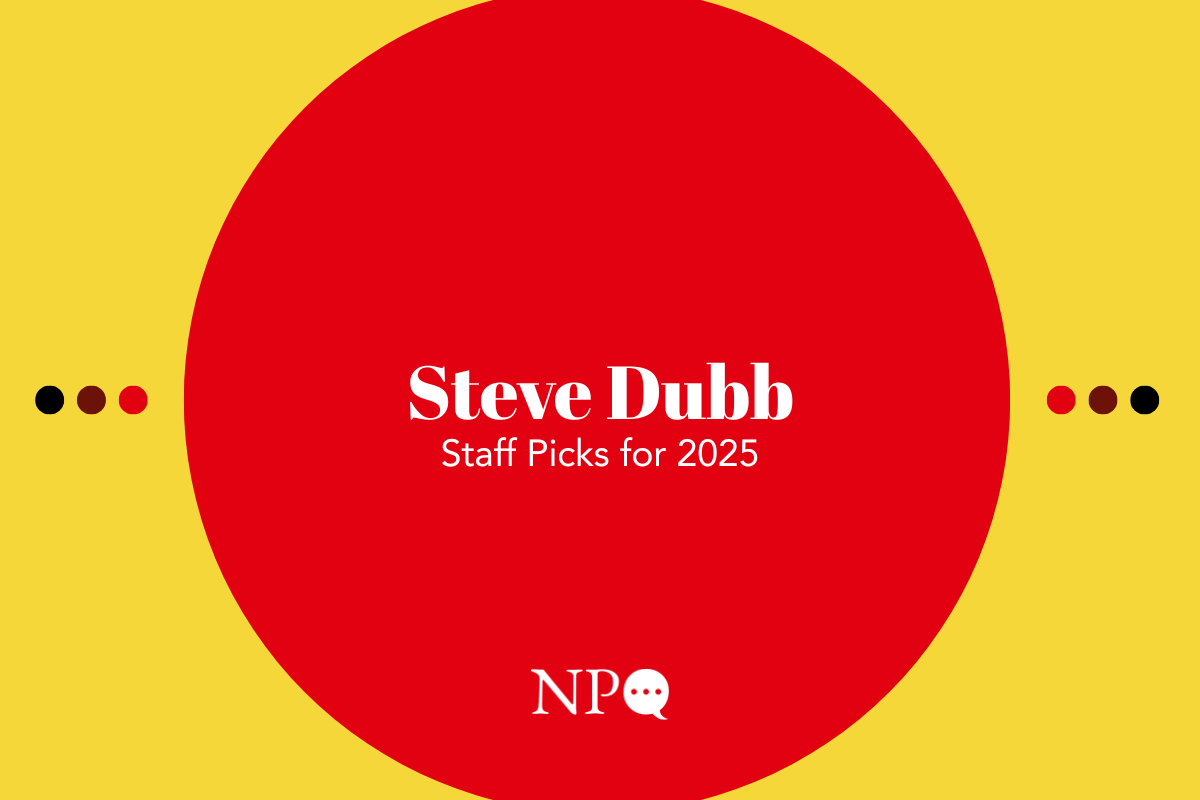
April 25, 2014; MarketingProfs
Rob Wu of CauseVox has written a simple yet brilliant post about what crowdfunding can learn from digital marketing. He believes that crowdfunding “is disrupting how donors want to give and shifting their preferences fundamentally. As a nonprofit, you have to change your approach to online fundraising just to keep up.”
He thinks that some of the necessary ingredients for digital marketing also apply to crowdfunding. Those ingredients include:
Brand advocates: Wu says, “Savvy marketers know that they can reap huge rewards by cultivating brand advocates. Brand advocates amplify your reach, drive word of mouth, and get products sold.” Nonprofits, he says, need to look first at the “community of individuals and organizations that are excited about your cause.”
He calls this a “tribe of supporters” and divvies them up into three categories:
Sign up for our free newsletters
Subscribe to NPQ's newsletters to have our top stories delivered directly to your inbox.
By signing up, you agree to our privacy policy and terms of use, and to receive messages from NPQ and our partners.
Promoters: People that will share your crowdfunding campaign via email and social media. They’re your megaphones; think of them as your own publicity team.
Fundraisers: People that will create a mini-crowdfunding campaign via peer-to-peer fundraising. They’ll ask for donations from their friends and family on your behalf.
Donors: People that will pledge to give money to your campaign.
These people, he says, are the “engine” of a crowdfunding campaign and he thinks it is very hard to get traction without their commitment.
A focus on storytelling: Wu cites the research of Keith Quesenberry and Michael Coolsen of Johns Hopkins, who studied Super Bowl commercials over a two-year period. They found that effective storytelling predicted success. Wu says, “Stories give context and meaning to data and facts. They allow a donor to intimately and emotionally connect to your organization.”
Continual testing: Don’t rely on intuition but test your approaches and validate your assumptions if you are serious, says Wu. “A/B testing is an easy way to figure out how to optimize for better results. Marketers constantly test their ads, emails, and offers to see what small changes can lead to more clicks, opens, and purchases.”
Someone else’s audience: What if you are relatively new? One can take a bit of a shortcut by approaching other people’s communities. “As part of your nonprofit crowdfunding campaign, you can identify social media influencers with large engaged audiences, journalists who report in your area, and community leaders who care about your cause. That gives you access to their audience, and it can help you build a list of supporters quickly.” This is a tried and true method in direct mail, of course.—Ruth McCambridge











